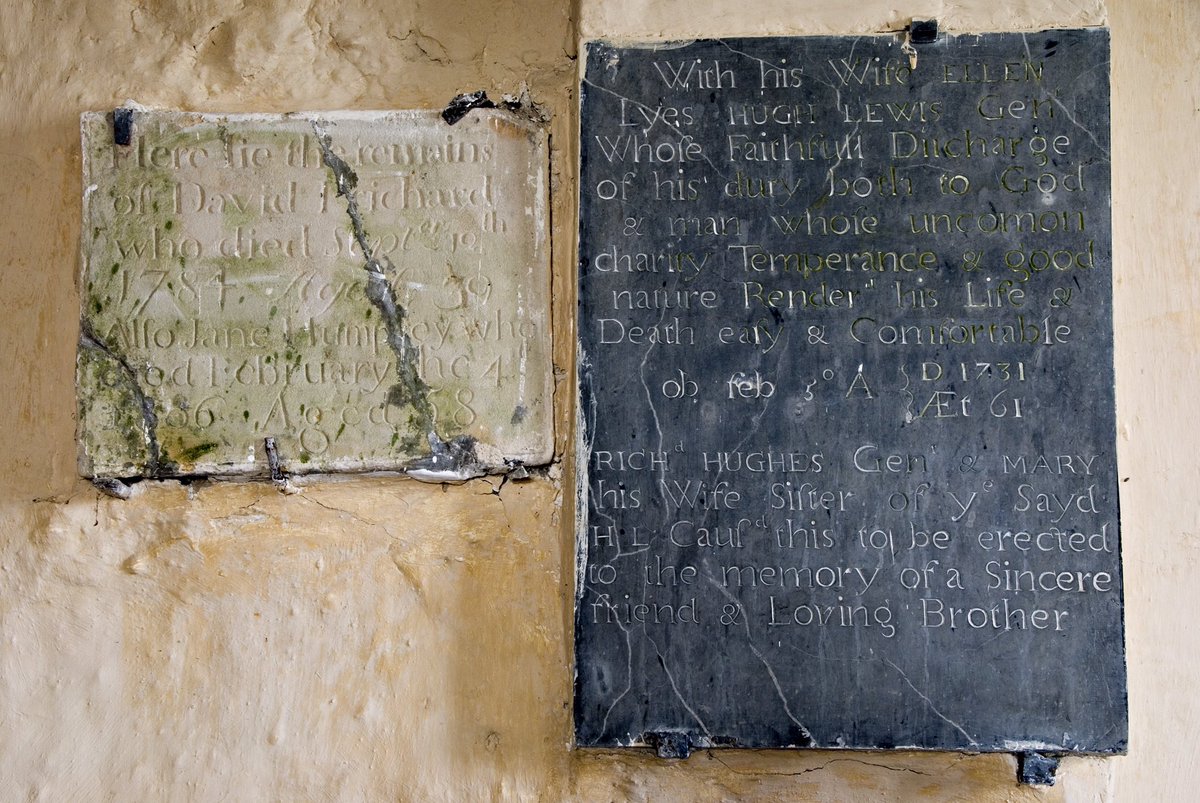
Last September we took the medieval church of St Helen's, Skeffling, in the ancient wapentake of Holderness into our care.
St Helen's, now remote, once stood at the gateway to trade across the North Sea.
#thread
St Helen's, now remote, once stood at the gateway to trade across the North Sea.
#thread

This region, at the mouth of the Humber, was marshland until it was drained in the medieval period, which explains the challenges we face today with structural movement.
2/
2/

Inside the church, amidst clutter and green-streaked walls, are the architectural and artistic flourishes of six centuries, including finely carved corbels, numerous neo-classical monuments, a triple sedilia, ship graffiti, carved roof bosses, and countless other delights.
3/
3/

This month we’ll be starting repairs here, as well as beginning a period of monitoring to understand why, when and how the building is moving.
Thanks to
@fotofacade for photographing St Helen's at the start of its restoration journey.
Read more: friendsoffriendlesschurches.org.uk/church/st-hele…
4/4
Thanks to
@fotofacade for photographing St Helen's at the start of its restoration journey.
Read more: friendsoffriendlesschurches.org.uk/church/st-hele…
4/4
• • •
Missing some Tweet in this thread? You can try to
force a refresh






















